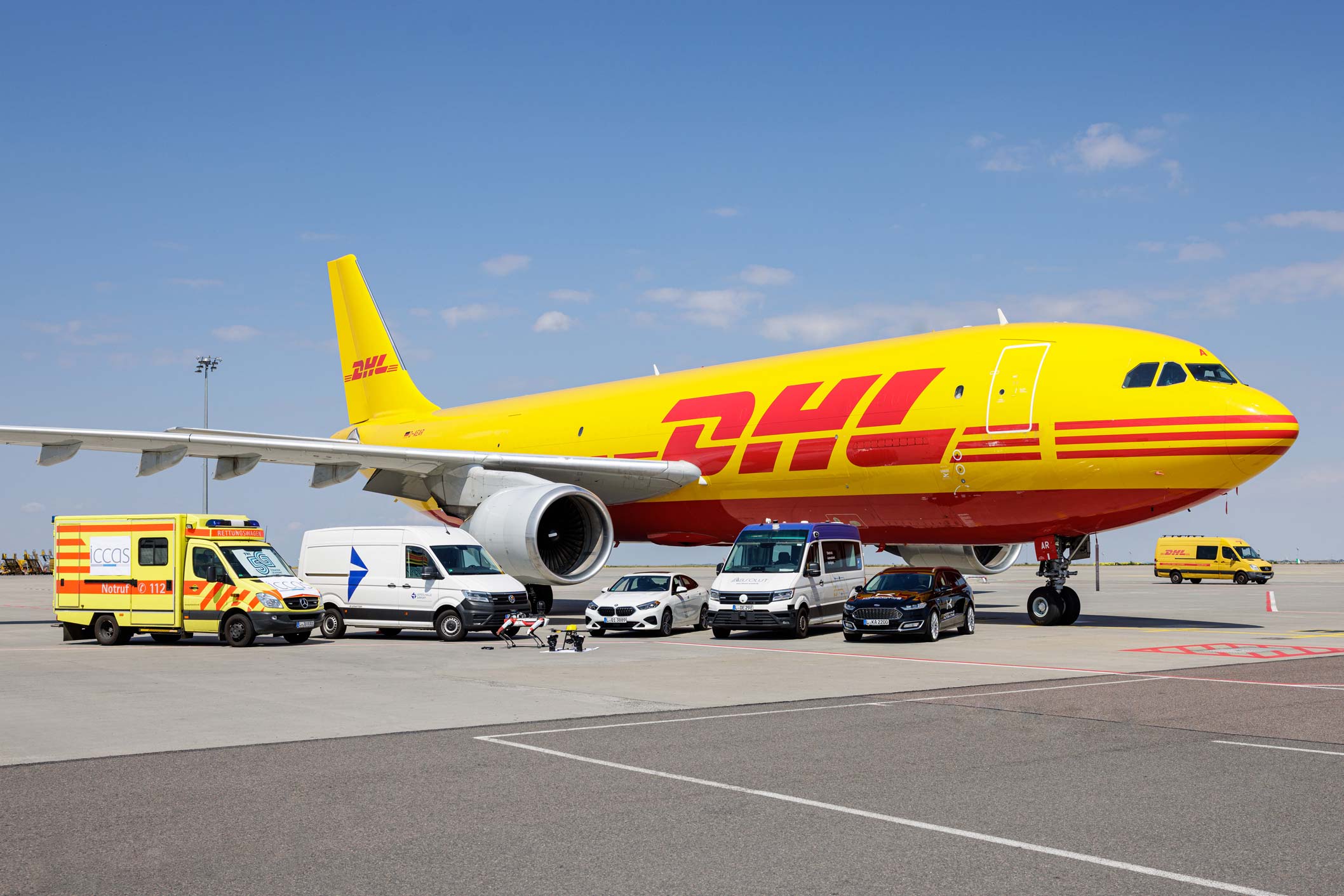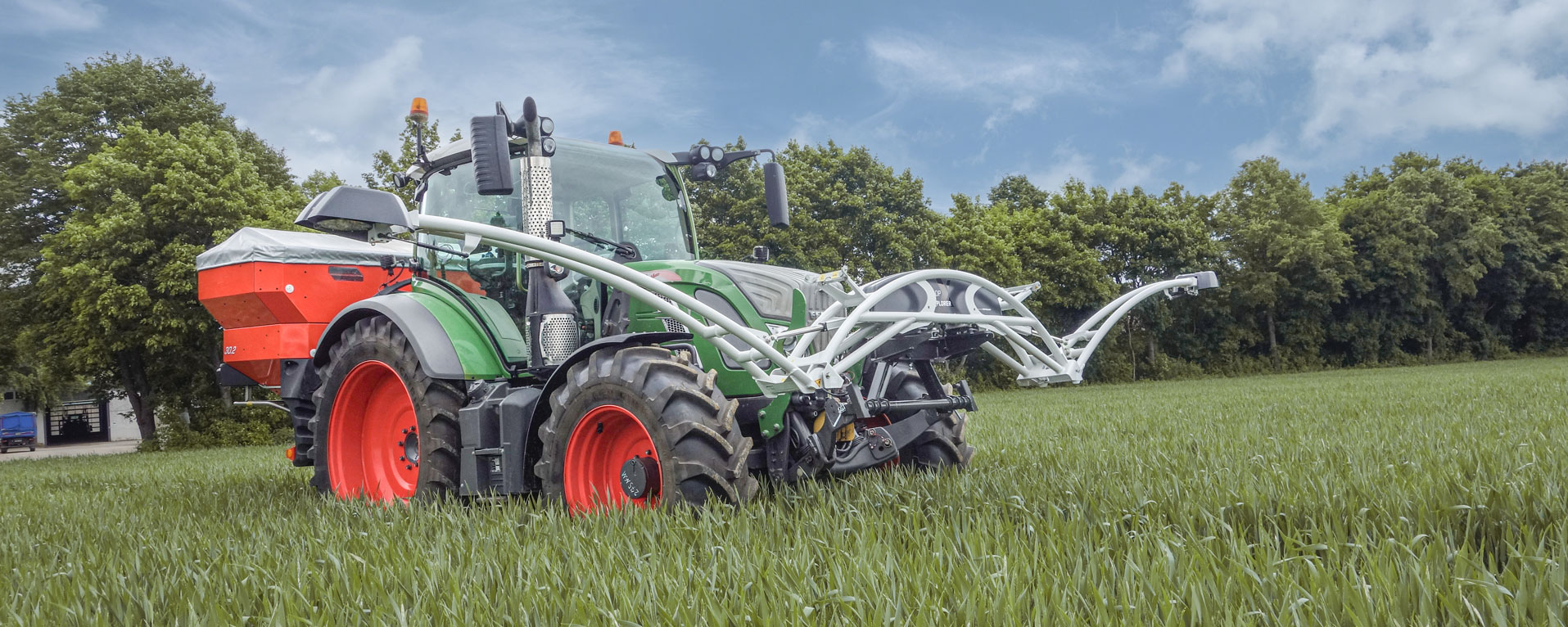AIN addresses the research, testing, and standardization of 5G-based services in public mobile networks, tailored to the requirements of industry and public services for regional and cross-regional logistics applications. The goal is to create a 5G research and testing network in the Leipzig North area, characterized by logistics traffic and automobile production, where professional industrial and governmental 5G communication services can be tested and evaluated in a public mobile infrastructure and under real conditions. A total of 14 Tri5G use cases, requiring 5G and mobile edge computing technologies, are being investigated and specialized 5G services, required quality of service profiles, and their implementation in logistics-specific 5G network slices are being developed. The applications are divided into the categories of “Connected Driving”, “Automated Drones” and “Tracking, Monitoring, IoT & Maintenance” and address the three modes of transport road, rail and air.

Tri5G mainly distinguishes between different locations and routes along which logistics applications must be effective. In this case, the distinction is made between on-campus, inter-campus and off-campus applications. The Tri5G project aims to show how public 5G networks can be enabled to create virtual regional networks. These should be able to meet the requirements of industrial logistics applications as well as public service applications. The campus network solution should enable cross-enterprise and cross-location seamless networking along different logistics chains. In particular, in the case of inter-campus applications, aspects are to be worked out and examined that consider mutual influence and possibly required handover strategies. These come into play when using virtual private campus network services (in public mobile networks) and campus network services in closed (non-public) 5G campus networks.
AI is conducting real-time networked systems and processes of Smart Farming (SF) using 5G in order to provide a previously unavailable information base for decision-making in agriculture that is critical for success and sustainability. Specifically, the project demonstrates the potential of 5G in agriculture under realistic conditions by using the smart fertilization use case. Environmental and plant data are collected and transmitted to the Edge-Cloud, which is the core element of the 5G-PreCiSe environment, using sensors immediately before and during the fertilization process. Using additional data from various sources (e.g. satellite images) and simulation models, the Edge-Cloud calculates the optimal fertilizer needs for the management zone currently being traversed by the farming machine through rule algorithms and feeds the information back to the farming machine.
For this process to occur from data collection to fertilization in real-time, 5G is required as a fast communication medium. In the project, smart fertilization serves as an exemplary use case. In addition, using 5G, the concepts developed in the project for connecting sensors, actuators, data sources, cloud services, and simulation models in a data mesh will be extended to other use cases in agriculture.
